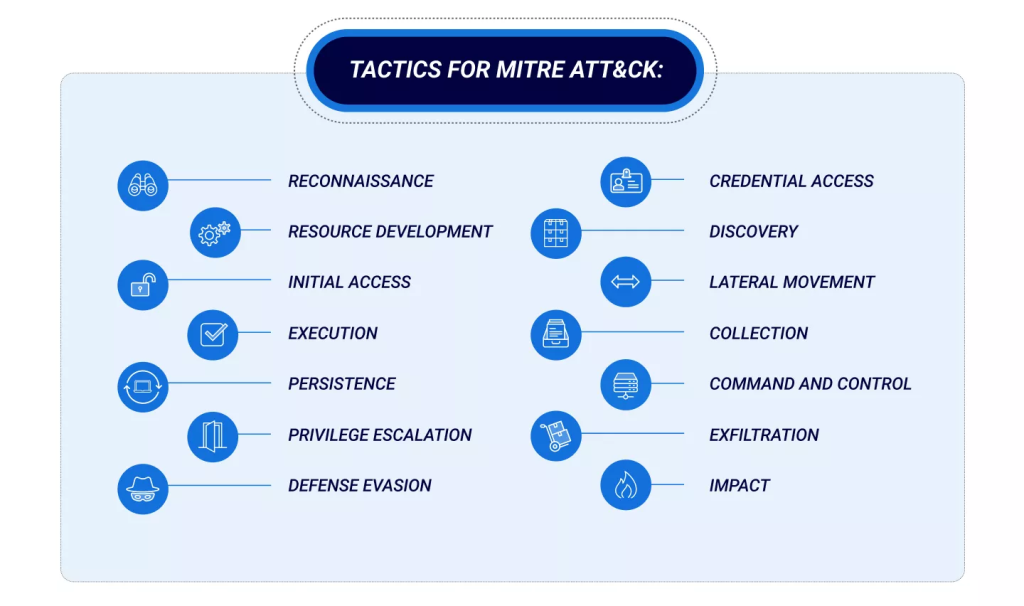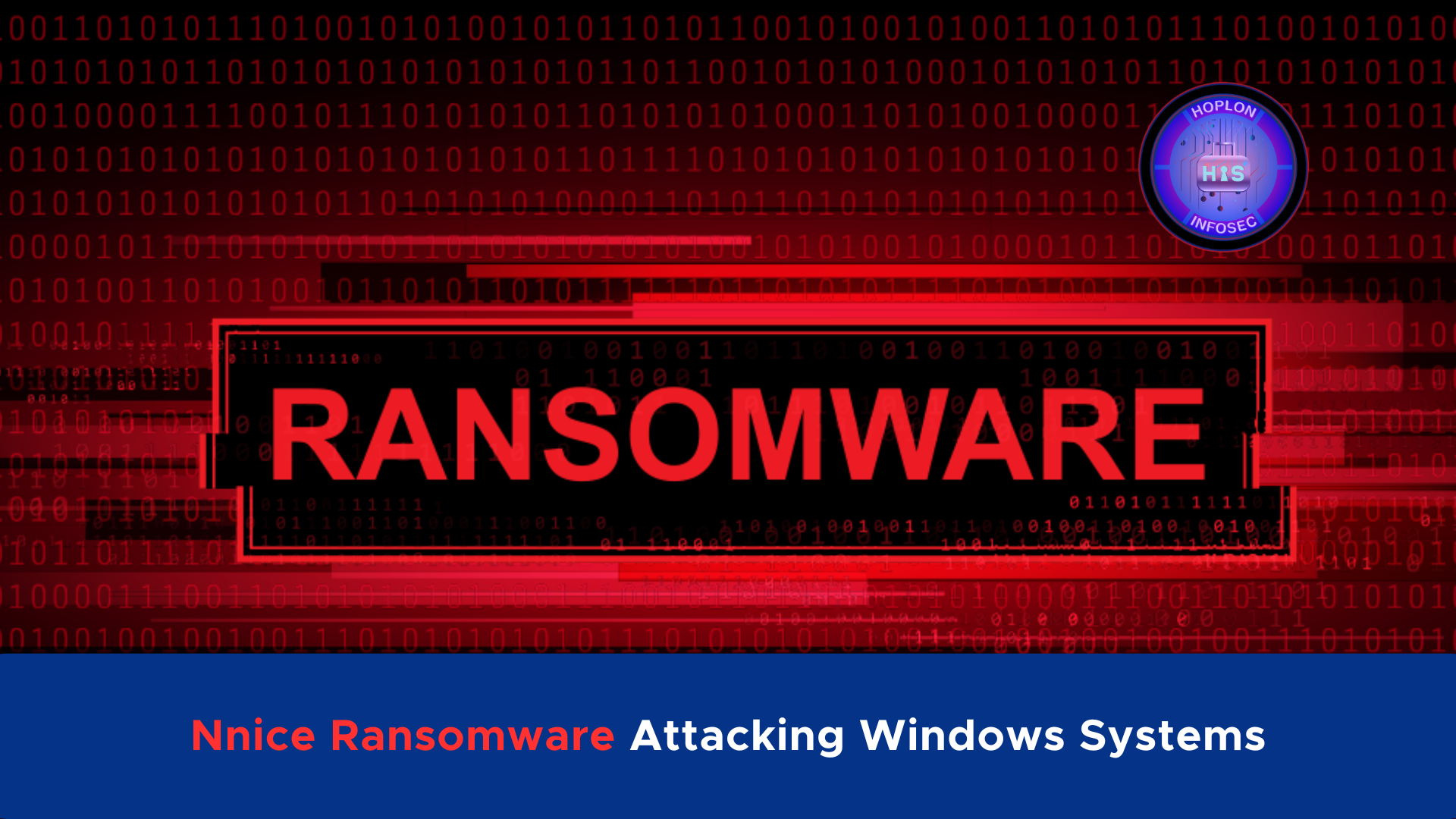A new ransomware strain, Nnice Ransomware, has surfaced as a formidable threat to Windows systems. This malware has drawn attention for its advanced encryption techniques and evasion methods, posing significant challenges for cybersecurity professionals.
First identified on January 17, 2025, by CYFIRMA’s Research and Advisory team, Nnice has quickly become a focal point in the cybersecurity landscape due to its sophisticated functionality. This blog will delve into the inner workings of ransomware, its encryption mechanisms, attack vectors, and strategies to mitigate its risks.
What is Nnice Ransomware?
Nnice ransomware primarily targets Windows systems, encrypting files and appending a distinct “.xdddd” extension. Once infected, the system’s files are rendered inaccessible, decryption only possible through the attacker’s private key. Nnice employs hybrid encryption logic, combining the speed of symmetric encryption with the Security of asymmetric encryption.
Advanced Encryption Techniques
At its core, Nnice combines Salsa20 and RSA-2048 encryption algorithms. Here’s how these algorithms work together:
- Salsa20: A symmetric encryption algorithm, Salsa20 ensures rapid bulk data encryption.
- RSA-2048: An asymmetric encryption algorithm, RSA-2048 secures the encryption keys used by Salsa20.
This hybrid approach optimizes both speed and Security. While Salsa20 encrypts the data, RSA-2048 is employed to secure key management. Advanced ransomware strains commonly use this method to complicate decryption efforts.
Efficiency of Encryption
According to researchers, Nnice’s encryption process is remarkably efficient. Unlike ransomware strains that take hours to encrypt files, Nnice can complete the task in seconds. This speed significantly enhances its impact, leaving minimal time for detection and mitigation.
Multi-Layered Encryption Process

Nice employs a three-step encryption strategy, making decryption exceedingly tricky without the private key controlled by the attacker:
- Step 1: A randomly generated RSA key is encrypted using the ransomware’s built-in RSA key.
- Step 2: A randomly generated RC4 key is encrypted using the first RSA key.
- Step 3: The victim’s files are encrypted using the RC4 key.
This layered encryption secures the files and makes the decryption process nearly impossible for victims without the attacker’s cooperation.
Advanced Evasion Techniques
One of the most alarming features of Nnice ransomware is its ability to evade detection and neutralize potential defenses. Here are some of the evasion strategies it employs:
- Service and Process Termination
- Nnice can stop services and terminate processes that might interfere with encryption operations. This ensures that the ransomware can encrypt files without any hindrance.
- Mimicking Legitimate Processes
- By creating child processes that resemble legitimate system services, Nnice confuses debugging tools and security systems. This allows it to blend in with normal operations, making detection more difficult.
- Intermittent Encryption Modes
- Nice uses several encryption modes, including:
- Full Encryption: Encrypts entire files.
- Partial Encryption: Encrypts parts of files.
- Innovative Encryption: Employs intermittent encryption, targeting only specific sections of files to accelerate the process while still rendering them unusable.
- Nice uses several encryption modes, including:
The Smart Encryption method is particularly concerning as it reduces the time needed to encrypt files, leaving little opportunity for security tools to detect and halt attacks.
Attack Vectors
The exact method through which Nnice spreads remains uncertain. However, cybersecurity researchers believe it likely propagates through:
- Phishing Emails: Malicious attachments or links sent via email that, when opened, execute the ransomware on the victim’s system.
- Exploitation of Vulnerabilities: Weaknesses in outdated or unpatched systems may serve as entry points for the malware.
Once executed, Nnice delivers its ransom demand in a file titled “Readme.txt” and changes the desktop wallpaper to notify the victim of the attack.
MITRE ATT&CK Techniques Used by Nnice

Nnice incorporates multiple tactics from the MITRE ATT&CK framework, highlighting its sophistication and malicious intent. Some of the identified techniques include:
- T1486: Data Encrypted for Impact
- Encrypts data to disrupt business operations and demand a ransom.
- T1490: Inhibit System Recovery
- Disables recovery mechanisms such as shadow copies, making file restoration impossible without the attacker’s key.
- T1055: Process Injection
- Injects malicious code into legitimate processes to avoid detection.
- T1562: Impair Defenses
- Disables or bypasses security tools to ensure the ransomware can execute without interference.
- T1070: Indicator Removal
- Deletes logs and other evidence to prevent forensic analysis.
Nnice’s capability to escalate permissions, including gaining access to the root directory, further enhances its ability to encrypt critical system files.
Recommended Mitigation Strategies
The rise of ransomware like Nnice underscores the importance of proactive cybersecurity measures. Organizations and individuals must adopt a multi-layered approach to minimize their risk of falling victim to such threats.
1. Regular Backups
- Maintain frequent backups of critical data and store them offline or in secure cloud environments.
- Test backup restoration processes regularly to ensure they function as intended.
2. Patch Management
- Keep all software, including operating systems and applications, up to date.
- Apply security patches as soon as they are released to close vulnerabilities that attackers could exploit.
3. Email Security
- Implement email filtering systems to block phishing attempts.
- Train employees to recognize and avoid suspicious emails, links, and attachments.
4. Advanced Threat Detection Tools
- Deploy endpoint detection and response (EDR) solutions to monitor and block ransomware activities in real-time.
- Use intrusion detection systems (IDS) to identify and mitigate malicious traffic.
5. Network Segmentation
- Segment networks to limit the lateral movement of ransomware once it infiltrates a system.
- Restrict access to sensitive data and systems based on user roles and privileges.
6. Incident Response Plan
- Develop a comprehensive ransomware incident response plan.
- Include steps for isolating infected systems, notifying stakeholders, and restoring data from backups.
The Role of Vigilance and Awareness
Beyond technological defenses, organizations must foster a culture of cybersecurity awareness. Regular training sessions can equip employees with the knowledge to identify and report potential threats before they cause harm.
Conclusion
Nice ransomware represents a significant advancement in capabilities, combining sophisticated encryption and advanced evasion techniques. Its ability to encrypt files quickly and evade detection makes it a formidable adversary in the cybersecurity domain.
To counter threats like Nnice, organizations must adopt a proactive approach to cybersecurity. Regular backups, software updates, advanced threat detection tools, and employee training are essential to an effective ransomware prevention strategy.
By staying vigilant and implementing comprehensive security measures, businesses and individuals can minimize the risk of falling victim to ransomware attacks and ensure resilience against emerging threats like Nnice.
For more:
https://cybersecuritynews.com/nnice-ransomware-attacking-windows-systems/




